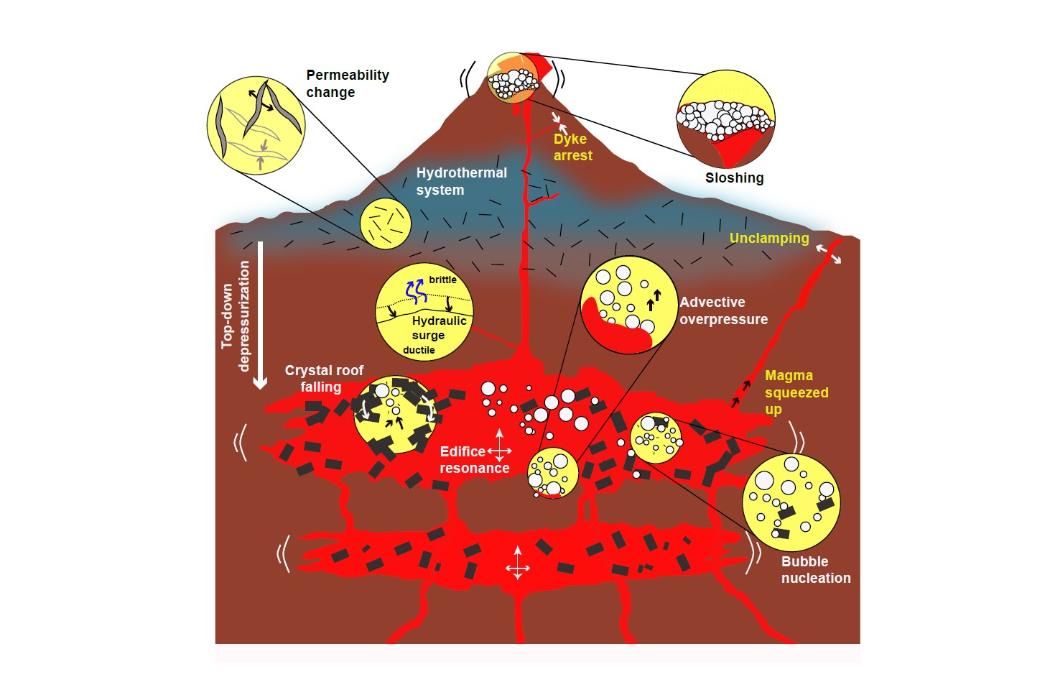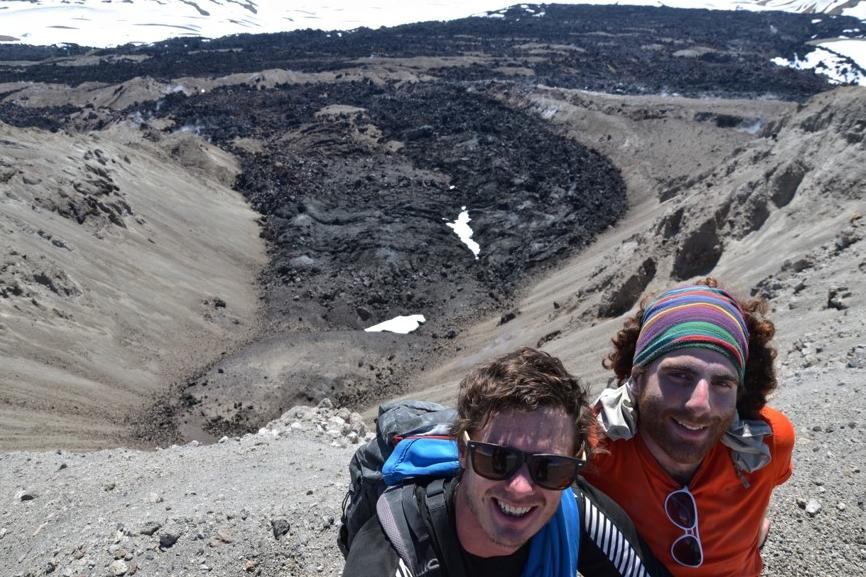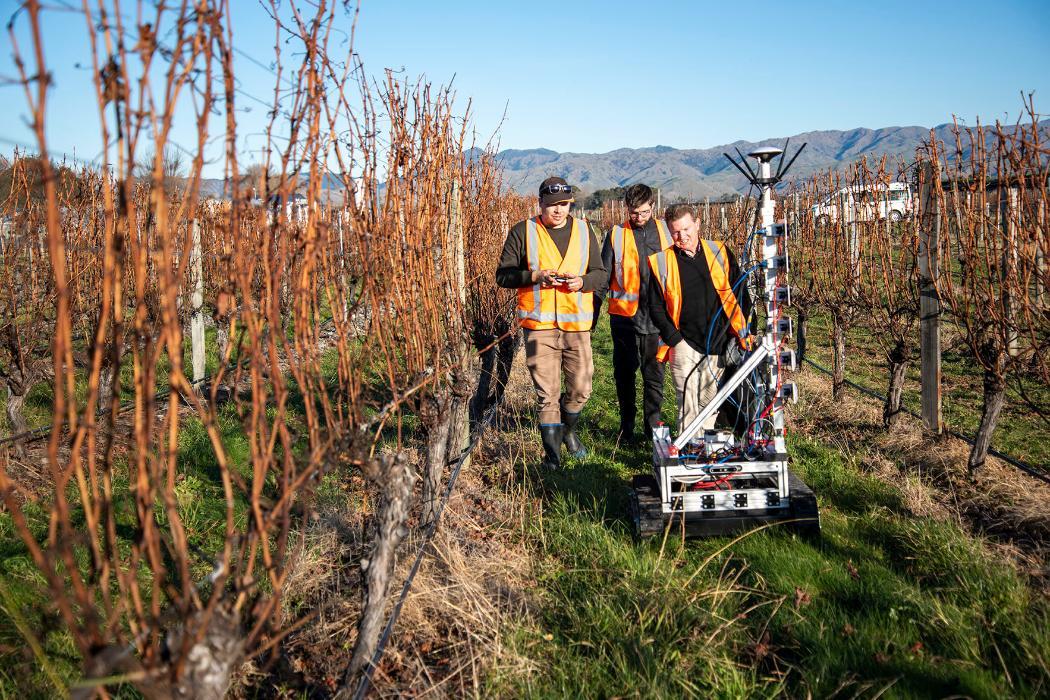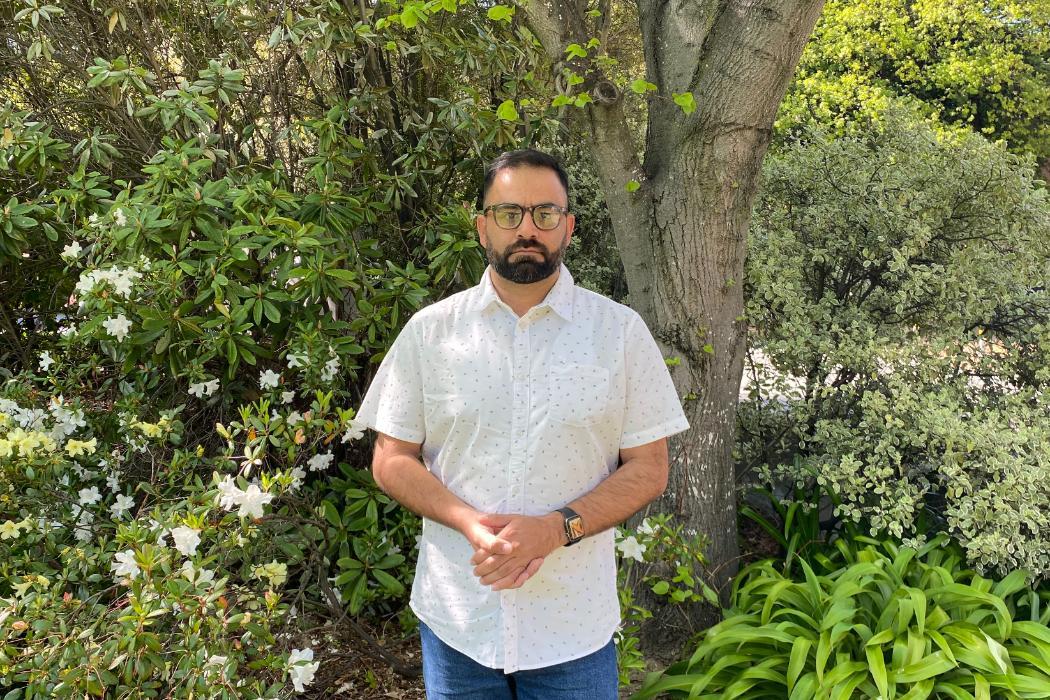The study focussed on three key parameters that dictate how a volcano could respond to a big shake – every volcano is unique, so they will never respond to an earthquake in the same way
- Viscosity of the magma in the volcano, or how sticky it is.
- How easily gas can escape from the volcano. If gas is trapped at depth, pressure will build and lead to an explosion.
- Hydrothermal systems – located at the topmost part of a volcano, a hydrothermal system is the catalyst for turning water into steam.
Mount Ruapehu’s crater lake, Mount Tongariro’s steam vents and Rotorua’s geysers are some recognisable examples of hydrothermal systems within New Zealand.
These three parameters are measureable aspects of every volcano, regardless of location and size. If an earthquake takes place near a volcano, experts will be able to determine its response, based on the behaviours of these parameters, as they apply to that volcano.
Hydrothermal systems are very sensitive to earthquakes. If they are destabilised following an earthquake, they could cascade all the way to the magma, triggering an eruption. Should an earthquake take place close to Ruapehu or Tongariro, rising steam from the crater lake or steam vents could be an indicator of the shake’s effect on the volcano.
While the thought of an earthquake triggering a volcano sounds concerning, particularly in these shaky isles, historical records show that this rarely occurs and in fact, it’s unlikely an earthquake will trigger an eruption, unless the volcano is already on the brink of erupting.
Seropian explains this using an adage that compares the eruption of a volcano to the knocking over of a coffee cup [equating the cup to a volcano], saying, ”there are many ways to knock the cup off the table but if it is empty, it does not result in a catastrophe.”











